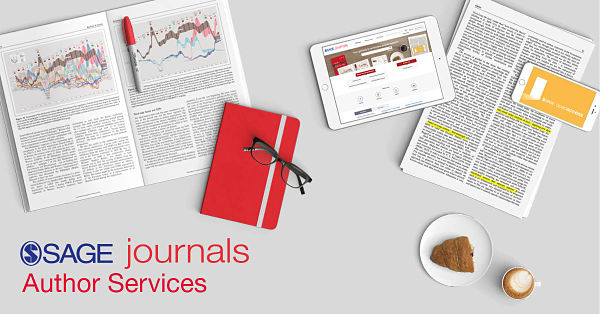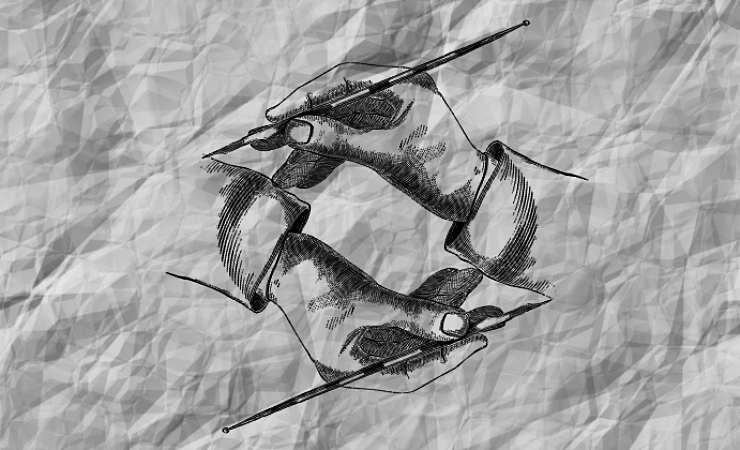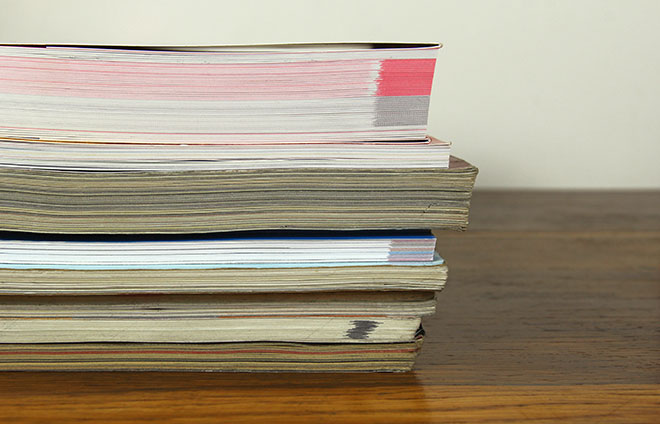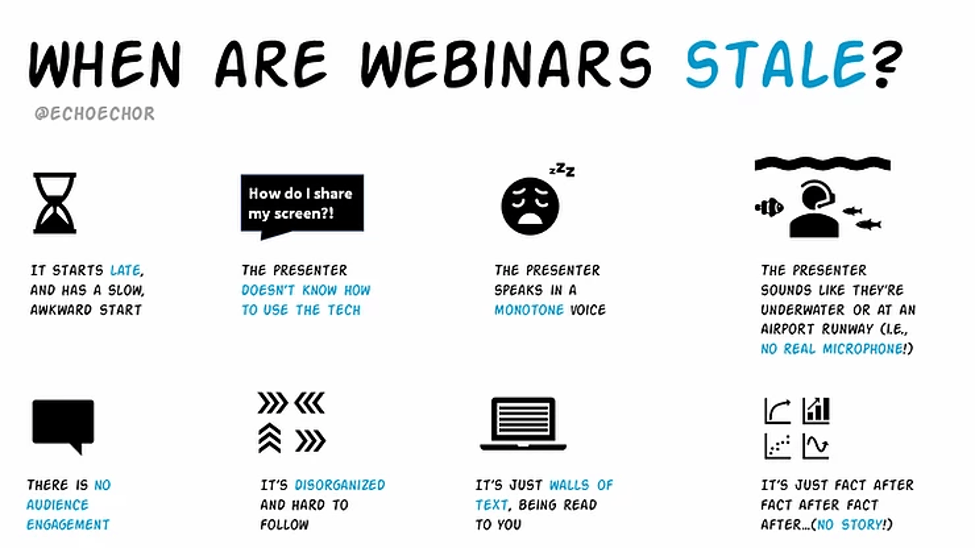How Do I Get Published? Five Tips to Successfully Publish an Academic Paper


Jessica Lipowski is a publishing editor with the SAGE Journals Author Relations Team
Standards are high and getting published is not easy, but there are certain things you can do to improve your success rate. And the SAGE Journals Author Relations team is here to help.
- Identify the best journal to submit your research to. Browse all SAGE Journals and filter by discipline. Think about publications related to your area of study. Does your work fit within the aims and scope of a certain journal? Does your article reference publications that might be a good fit for your research? What type of paper are you submitting, and does the journal of your choice accept that type? You may also have to consider whether the journal of your choice meets certain criteria required by your institution. Think about the journal’s acceptance rate – this could be important to you! All of these factors could influence your decision on where to submit. Remember that it is best practice to submit your research to one journal at a time, so you’ll be glad you thought about all of these criteria ahead of time.
- Read and follow the submission guidelines. Before you hit the ‘submit’ button, take a moment to read the journal’s submission guidelines and make sure your manuscript meets all the criteria. Does your paper have all the information required? Does the journal have a word limit, and are your tables formatted as required? You will need to make sure that you have appropriate permission from copyright holders for reproducing any illustrations, tables, figures or lengthy quotations previously published elsewhere. You will need to think about whether your manuscript needs to be blinded and if you have disclosed any funders or potential conflicts of interest. Attention to these details will set you apart from the rest. You will also need to use the correct style when citing references, and you can find information on our Author Gateway that will help you do so. Here are quick links to the SAGE Harvard reference style, the SAGE Vancouver reference style and the APA reference style. If you need additional editing and help, please visit SAGE Language Services.
- Re-review your manuscript for discoverability. Before your article is published, think about discoverability to ensure your article can be found by readers upon publication. Do your title, keywords and abstract adequately describe your work and what other researchers might search for? The SAGE Author Gateway outlines a few additional tips on how you as an author can help readers find your article. Be sure to also list the names of all the authors, which will help with indexing and cross-linking. You can read the guidelines for author names
- Prepare for all possible outcomes. In most cases, editors will either desk reject a paper or will accept your work pending major or minor revision(s). Some of the reasons for rejection include, but are not limited to, that a paper has weak methodology, poor analysis, loose structure, incorrect formatting or is out of scope. Keep these possible reasons for rejection in mind before you submit. You may be able to combat some of these issues in advance. If your paper is provisionally accepted, take it in stride and make the requested changes. Address the peer reviewer and editor concerns point-by-point, be transparent on why you can (or cannot) make certain changes and remain open to the constructive feedback. The peer review process will only make your final paper stronger.
- When in doubt, seek additional resources out. Our tailored Microsoft Word templateand guidelines will help you format and structure your article, with useful general advice and Word tips. For additional tips and suggestions, be sure to check out our two-page overview on how to get your article published in a journal. This presentation, delivered to the University of Sussex Research Hive in July 2012, is designed to guide first-time authors through every stage of the peer review and publication process. Still have questions? The FAQs section has some great resources. Don’t be afraid to reach out to a trusted colleague or advisor as well!
We wish you the best of luck in your research journey, and in the meantime, we are always here to support you.

























































































